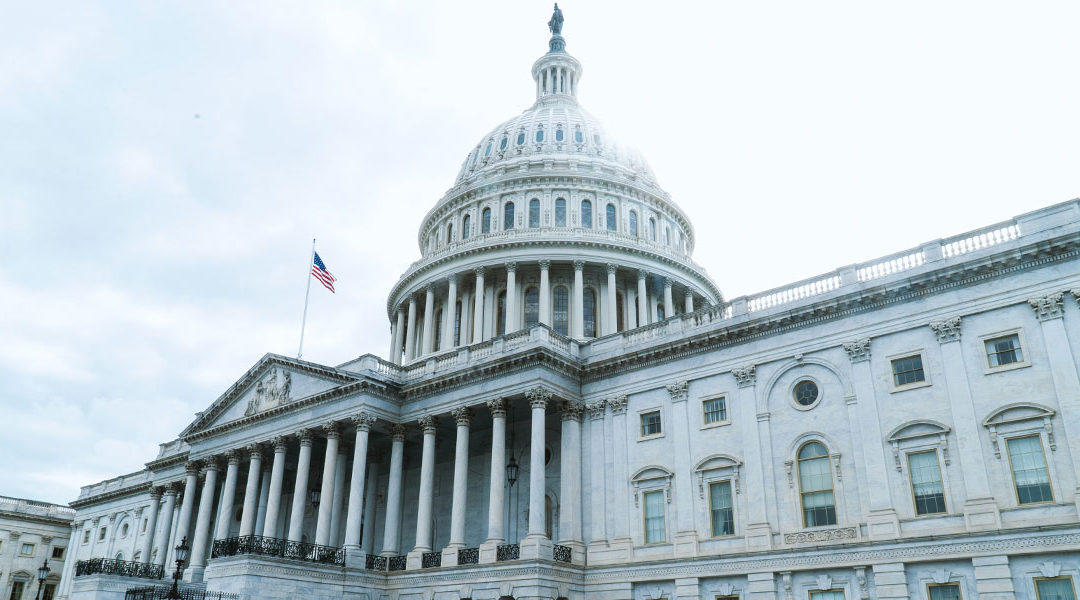The Setting Every Community Up for Retirement Enhancement or SECURE Act was established in December 2019 and became law as of January 2020. This new legislation is now the largest retirement reform to impact the economy since the Pension Protection Act of 2006. The SECURE Act brings long-awaited retirement savings for Americans of all ages. In this week’s blog, we will discuss the SECURE Act, important changes you should be aware of, and how it could affect your retirement.
Plan Compliance is a Top Priority – Remember Key Dates With our Calendar
Benefits
The overarching goal of the SECURE Act is to strengthen retirement security across the United States by making saving for retirement easier and more accessible. It not only benefits employees but will also benefit the employers by providing the following:
Increased Tax Credits
- For small employers beginning a new retirement plan, the SECURE Act will increase tax credits in order to offset the startup costs. The credit is equal to 50% of eligible expenses ranging from a minimum of $500 to a maximum of $5000 annually for up to three years.
- Employers who include autoenrollment on new retirement plans can also receive a bonus of $500 per year in tax credit to defray the startup costs for new plans that include autoenrollment.
Expanded Coverage
- Employers of any size or type of business will be able to jointly create a Pooled Employer Plan (PEP), also known as Multiple Employer Plans (MEP). The PEP must be sponsored by a Pooled Plan Provider (PPP) such as a third party administrator, financial services company, or similar entity.
- The SECURE Act also allows long-term, part-time workers access to coverage with the ability to participate in a 401(k) plan. Previously, part-time employees have to work a minimum of 1,000 hours during a 12-month period to qualify. The new change allows for employees who work at least 500 hours during a 12-month period for three consecutive years and are 21 years or older the ability to contribute to a 401(k).
Preservation of Savings
- Previously, workers with an individual retirement account used to only be able to contribute until age 70 ½; under SECURE the required minimum distribution age has been delayed to 72.
- The age limit for IRA contributions has been removed which allows employees to contribute to their IRA as long as they are still workers. As of 2020, the contribution for an IRA is $6000-$7000 if you are 50 or older. For individuals and their spouses aged 71 or older and still workers, contributions up to $7000 can be made in both names. This change allows for increased savings and a valuable tax deduction.
- The cap on auto-escalation of contribution has been increased from 10% to 15% of pay after the first year for certain 401(k) plans.

SECURE Act Changes and Rules
IRA Distributions Must be Withdrawn Within 10 Years
- Under the SECURE Act, beneficiaries may be required to withdraw assets in an inherited IRA or 401(k) within 10 years after the retirement account owner has passed away. Previously, those who inherited IRAs could stretch out the withdrawals and required tax payments over their life expectancy. There are exceptions to the 10-year rule including minor children, surviving spouse, disabled or chronically ill beneficiaries, and beneficiaries who are up to 10 years younger than the IRA owner.
Penalty-Free Withdrawals for New Parents
- Before the SECURE Act, the IRS allowed penalty-free early distributions from some types of retirement accounts for specific circumstances such as medical emergencies or purchase of health insurance following a job loss. The new law now adds birth or adoption of a child to the list of exceptions. Under the SECURE Act, you are now allowed to withdraw up to $5000 from an IRA or 401(k) with no penalty after the birth or adoption of a child. You will be able to repay the funds as a rollover contribution.
Increase in Penalties
- Penalties will be increased for failure to file retirement plan returns such as Form 5500, required notification of changes and required withholding notices.
- Individuals who fail to file annual tax returns will also receive increased penalties.
Overall, the SECURE Act has allowed for increased retirement security for individuals across the country. While the rules, changes, and benefits are still fairly new, the SECURE Act has allowed for individuals to receive more accessible retirement saving options.





